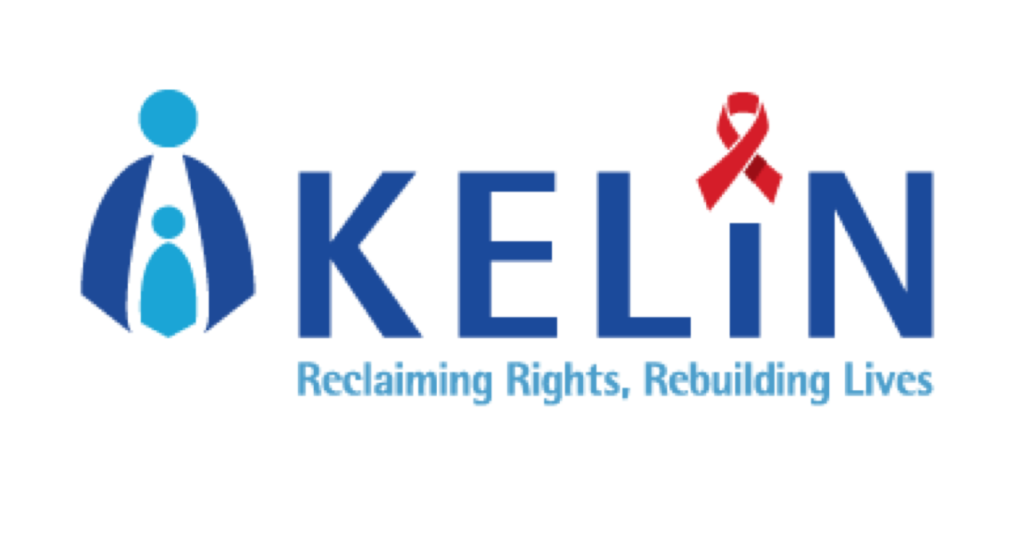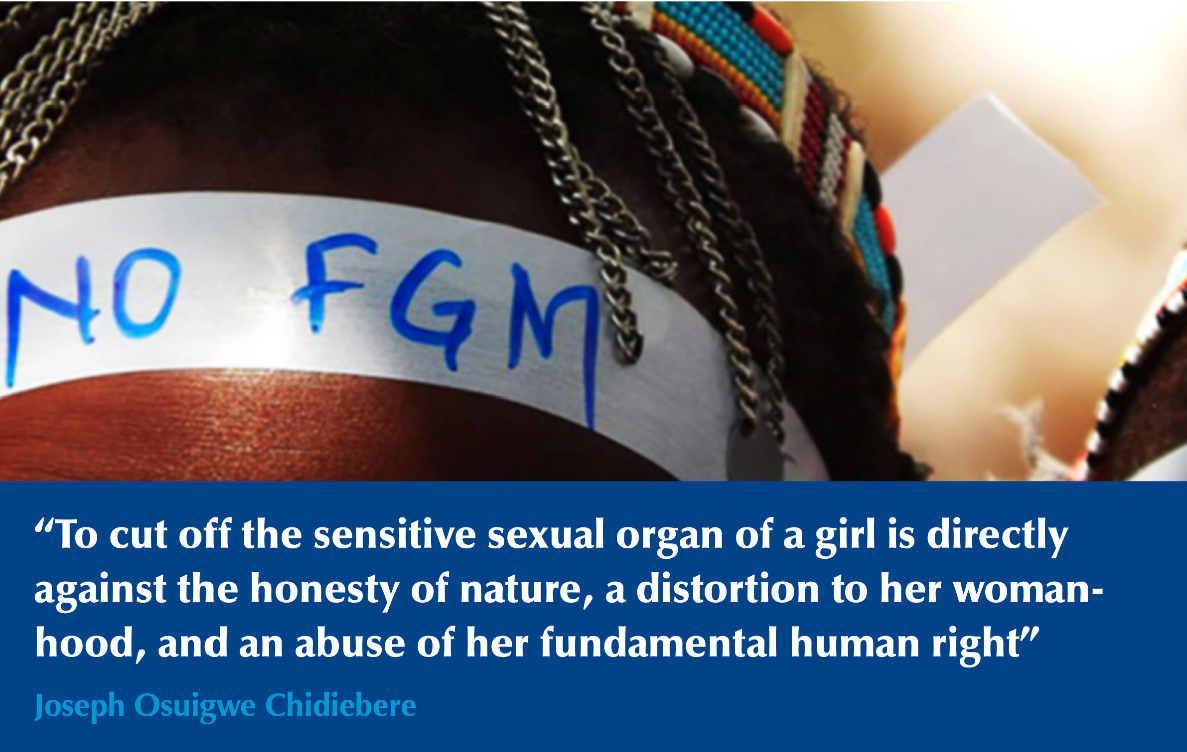- It is a pleasure and an honour to be giving this keynote on the second day of this important conference.
- The first day of this workshop, yesterday, was informative, engrossing and humbling day: from the inspiring, authoritative call to action of my Australian colleague and mentor, Justice Michael Kirby, through the searing testimonies of the survivors, to the acutely informed input of the physicians and treatment activists.
- Until now, tuberculosis has been overshadowed by the AIDS epidemic. But no longer. The stark figures of annual fatalities we were given yesterday, and the imperative need to understand the disease and the needs of those with it, especially for treatment, make a sharp and immediate focus on TB essential.
- Let me start off my remarks with two quotations:
First, Archbishop Desmond Tutu is himself a TB survivor. He has been an activist for justice, in its every form, for most of his life. He is articulate and urgent on why it is imperative that we tackle TB:
“TB is the child of poverty – but also its parent and provider. If we are to do something about AIDS, then we have to do something about TB. If we are to do something about TB, we are going to have to do something about AIDS. As we have overcome apartheid, so we shall defeat TB and HIV/AIDS, these ungodly twin killers.”
- Second, Madam Justice Mumbi Ngugi, in her decision in Ng’Etich v Attorney-General, on 24 March 2016, holding that necessary confinement of non-adherent TB patients cannot be in prisons:
“First, in this day and age, it cannot be proper to take any but a human rights approach to the treatment of persons [with TB].” (para 63)
These two quotes already contain all the wisdom that I need to try to explore this morning.
- As the Archbishop points out, both TB and AIDS have social and environmental roots – as with AIDS, social co-factors exacerbate the spread of and vulnerability to TB. Poor people are more vulnerable to both. The effects and spread of both are enhanced by poverty, over-crowding, lack of healthcare. In turn, vulnerability to TB and HIV engender poverty. It is a life-disabling cycle – which only adequate political and managerial responses, and appropriate healthcare and treatment, can break.
- Behind this obvious observation, there is a broader and deeper point. This is about poverty, disease burden and resources – as we heard yesterday, they are key to effective response. The requirements of justice, and our own dignity, cry out that proper resourcing be made available to deal with the bodily and social effects of TB.
- With both HIV and TB, most transmissions occur before Yesterday, Dr Jennifer Furin expanded on this stunningly simple fact, which has stunningly profound implications for how we manage each disease. Singling out, targeting, victimising, punishing and regimenting those infected or suspected of being infected is almost always counter-productive.
- What the diseases also have in common is their terrible human impact. We heard the unforgettable facts yesterday from Phumeza Tisile, Duncan Moeketse, Karabo Mafube, Paul Kirobia, Stephen Anguva. With both diseases, there is a terrifying physical, human vulnerability – the degradation and terror of fatal infirmity. I felt it myself with AIDS, when I fell terribly sick in 1997. Hearing the survivors’ accounts reminded me of my own encounter with death. But it also made me realise that, in many respects, I got away lightly. The point is this. Our insight into our own frailty and vulnerability from AIDS should spur us to commitment and action on TB. This is because that frailty and vulnerability are unnecessary, and remediable. With both diseases, we have the knowledge, the means, the medicines, the methods, to prevent suffering and death. What we lack is only our own commitment and will.
- There are powerful links between the two diseases. Co-infection, which is frequent, leads to a mutual and reciprocal vulnerability – Dr Colleen Daniels vividly explained this yesterday. TB and AIDS are dire partners in death. TB is killing people with HIV. And AIDS is killing people with TB. We need a joint understanding, and a joint commitment to action to deal with both.
- Both diseases have a long history of stigma. Phumeza Tisile’s experience of trying to get a Canadian visa exemplifies the pall of ostracism from which TB suffers.
- Partly because of stigma, in both, harsh treatments and coercive responses have been proposed – imprisonment, isolation, involuntary testing.
- Though TB, unlike HIV, is highly infectious (merely breathing, as Phumeza said, can be a source of infection), in the case of both there are no borders, no immunity, no exemption from risk. This is a salutary first principle in public health – that we are all at risk. And conjoined to it is the insight that a health burden on one burdens us all. None of us escape the grief and cost of denying those with TB and HIV proper life-saving treatment.
- In both, “congregate settings” – like prisons – are a repository of un-wellness, contagion and transmission, relaying these all to the world outside. Special care, special measures are essential, as Dr Elizabeth Wangechi’s presentation yesterday brought home so clearly.
- TB stigma needs special recognition. Duncan Moeketse said that, in contrast to HIV, TB stigma is unreduced. It is true that with HIV there is certainly much more visibility and vocality. We know activists with HIV. We know campaigners. We know names of famous people who have died of AIDS. The differences are there. But we must remember that, for the most part, the visibility of people living with HIV is refracted along class lines. I say with no call for praise that I am still the sole African holding public office who has spoken openly about living with HIV. There are many thousands of people living openly with HIV. They are mainly working class, poor people. The elite populations of Central and Southern Africa – the political leaders, the entertainers, the soccer stars, the intellectuals – still lack voices and visibility. And, from household surveys, we know that the epidemiology of HIV is not very much different among them than among poor people.
- So HIV/AIDS stigma remains distinctive, and, I think, more deeply intractable. This is for three, interrelated, reasons –
- TB is not sexually transmitted. Sex and sexual transmission are the enduring ghost, genie and bugbear of AIDS stigma. There is stigma attached to TB. But is there shame?
- That shame gives rise to the least-understood, least-researched and least-spoken about aspect of AIDS stigma. This is that those at risk of, and living with, HIV bury deep within themselves the hatred, shame, fear, ostracism and prejudice they encounter outside. This leads to a sometimes impenetrable wall of internalised shame and stigma about living with HIV, or fearing that one has it. I cannot say if it is the same for TB. I invite those with us who have survived TB to share their experiences with us. But I suspect it may not be exactly the same. As someone who all too powerfully experienced the internal shame at HIV infection, I can readily discern the crippling effects of internalised stigma in the AIDS epidemic. Too many still fear to test. Too many still fear to take treatment. Internalised stigma can often prove lethal.
- Third, with HIV, some groups are especially vulnerable to transmission – and especially vulnerable to denial of treatment, education and services. These include men who have sex with men, sex workers and injecting drug users. That virulently enhances the stigma associated with AIDS.
- In both there has been significant medical progress. In both, there has been a search for effective solutions. But here a sobering difference intrudes. With AIDS, anti-retroviral treatments have proved a spectacular success. They have made infection with HIV a condition that is fully medically manageable. In my own case, I started taking ARVs in November 1997 – nearly 19 years ago. I have relished every day of life since then with gratitude and humility. By contrast, with TB, there is still a desperate lack of drugs. As Dr Colleen Daniels said yesterday, treatment for TB is still “too long, too toxic, and too costly”. Dr Francois Venter, a justly famous South African HIV researcher and physician, reported that at the CROI 2016 someone described TB diagnostics and drug treatment as still being in the “Stone Age”. Though this is now changing, those with TB are still subjected to a nightmare of side effects – as we heard this morning from Dr Dalene van Delft, in the moving documentary, and from Phumeza Tisile yesterday. TB treatments are truly horrible and can themselves be fatal.
- This brings me to note an acute difference. It was Dr Jennifer Furin who said that “TB treatment can be more miserable than the disease”. Again, I know with profound humility that, as someone with AIDS, I escaped lightly.
- Nevertheless, both diseases are now fully medically manageable. This leads to the most important lesson of this workshop. That is the need for action. This is our opportunity and our responsibility. It is the challenge the Archbishop puts to us: the efficacy of action – efficacy of commitment, of vision, of determination: there is no human problem that is irremediable.
- CONCLUSION – some lessons:
- First, participation by those affected, as Blessina Kumar has shown us, is indispensable. In neither AIDS nor TB can those affected every be left out or left unheard. The old slogan is apposite, and operative – nothing about us, without us. For reasons of both principle and practicality, we must import into every practice the realisation that the patient, the person affected, is not the enemy. Judge Mumbi Ngugi in her landmark judgment quoted the World Health Organisation 2010 Guidelines on the ethics of TB prevention –
“engaging the patient in decisions about treatment shows respect, promotes autonomy, and improves the likelihood of adherence” (Mumbi Ngugi J, para 54)
- Second, we sorely need activism and activists. This requires anger, outrage, indignation to change the shape of the moral debate. Compassion and conviction are not enough. Information and education are not enough to spur the world to the action that has to be taken. We need more: starting with ourselves.
- And, here there is an aching paradox. It arises from the point I made earlier about the fact that TB does not single out especially vulnerable and despised minority groups like MSMs, sex workers, injecting drug users. Yesterday, on a late-afternoon walk to All Saints Anglican Cathedral, at the end of very long and intense working day, Justice Michael Kirby observed to me how poignant it is that TB lacks a determined and enraged lobby. In South Africa, gay men were often in the lead in advocating human rights protections and treatment for those with HIV and AIDS (I mention Zackie Achmat – but note too the signal contributions of Mark Heywood, Vuyiseka Dubula, and many other men and women leaders who don’t identify as LGBTI. The point, nevertheless, is that AIDS activism in many areas sprang from the necessity for LGBTI, specifically gay, activism. We must ask, with anguish, where will we find comparable fierce advocates for those with TB?
- Hence the crucial need for judicial leadership that this workshop has so acutely underscored. We need evidence-based, rigorously reasoned, and rigorously principled approaches. Judges and lawyers have the skills and the responsibility to provide them.
- Let me conclude.
- In TB and AIDS, we confront our own human terrors, frailties, denials, ignorances and vulnerabilities
- We confront a lethargy that springs from our own incapacity to imagine our potency for action.
- Archbishop Tutu calls us to break free from this inaction. He calls us to do more. He invites us to sense the moral outrage that our own inaction represents, and he calls us to the power of our own agency. This is not imaginary, or merely rhetorical. We have done so much of it with AIDS. We can do the same with TB.
Key Documents


